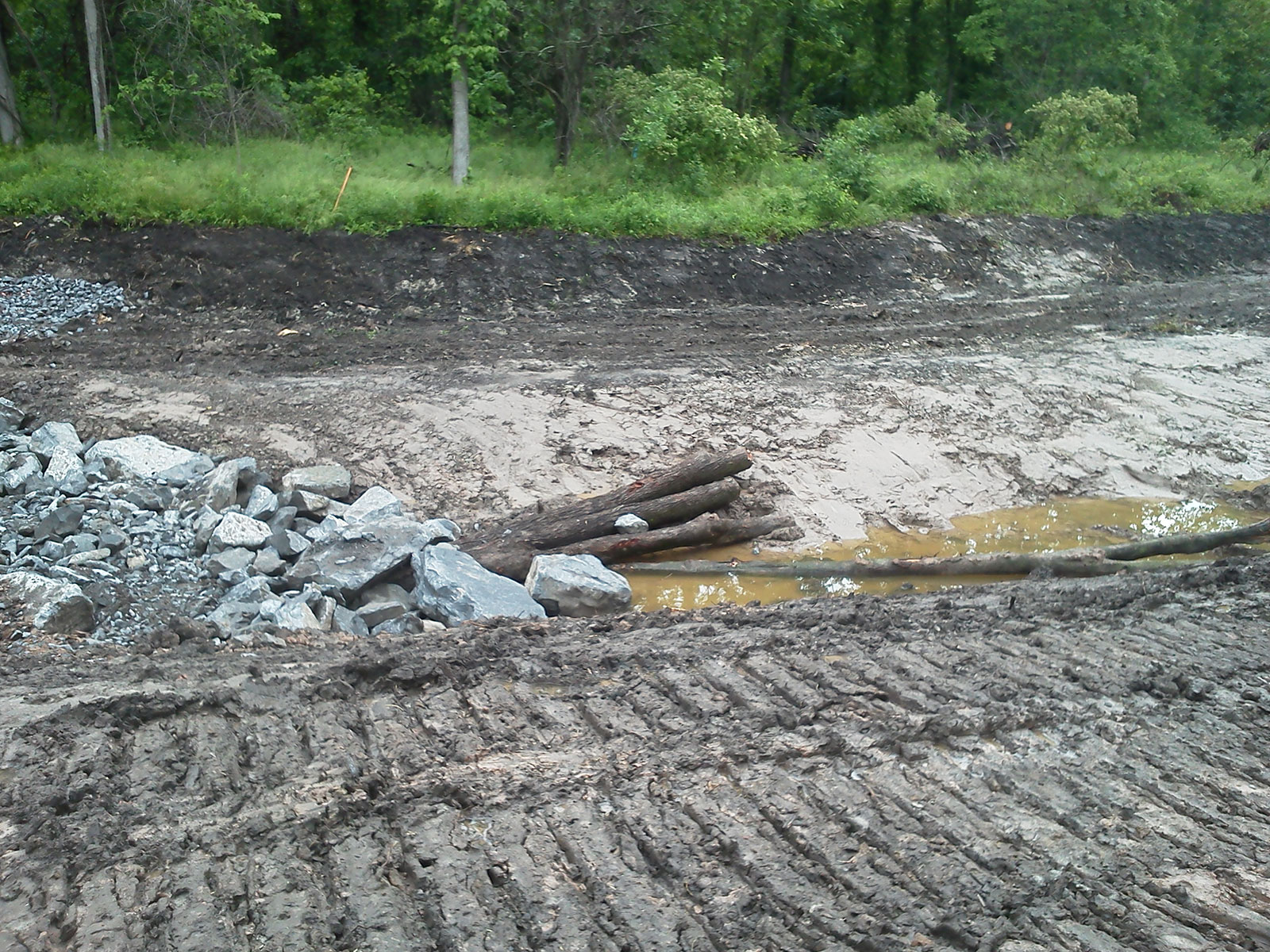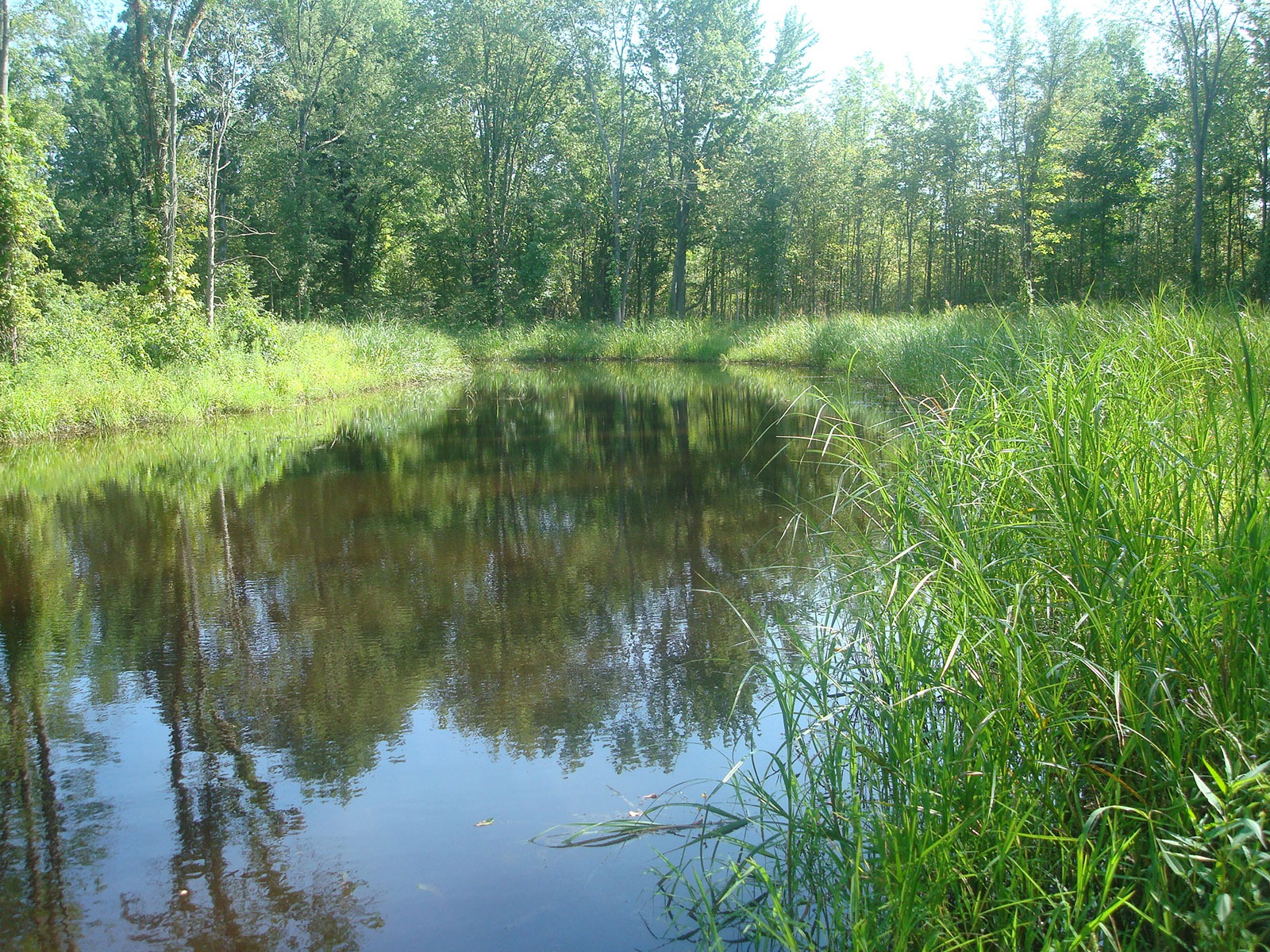Black Brook Realignment
CONTACT

Jon Kasitz
Region Manager, Client Solutions, East

Black Brook, during construction

Black Brook, after construction
PROJECT SNAPSHOT
Project Type
Non-Bank ProjectLocation
New York | Seneca CountySolution
Natural Resource RestorationEcological Setting
StreamsAs part of the permitted expansion and wetland mitigation of the Seneca Meadows Landfill, RES assisted with a stream re-location design and installed native seed and plants after the stream was relocated in 2.5 miles of new channel for Black Brook. The new stream channel was designed to flow around the largest landfill in the state.
Restoration of the stream was designed to emulate its historic flow and involved stabilizing both banks, primarily through the use of native vegetation and temporary erosion control measures. RES crews enhanced 350 acres of forested floodplain by removing invasive species and installing native seed and more than 55,000 plant plugs. More than 25 acres of erosion control mat was installed in seeded areas.
A section of the original channel was re-meandered as a tributary to Black Brook to function as a biofiltration stream and floodplain, capturing sediment from discharge flows from a landfill sediment basin.
RES continues to monitor the site’s hydrology, flora, and fauna and provides management for invasive species, erosion, and wildlife activity.
Land & Water Magazine: Black Brook Takes a Challenging New Route
